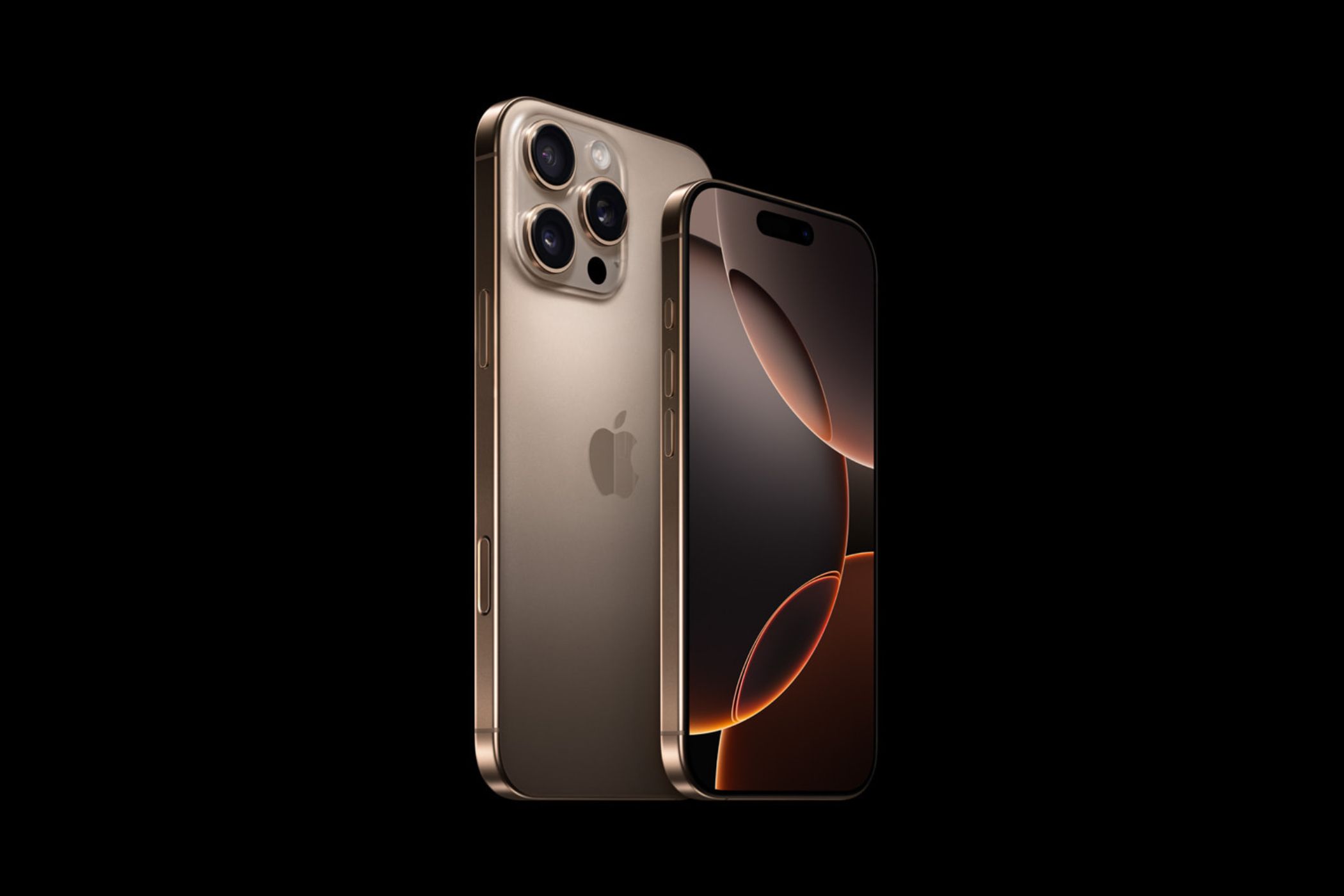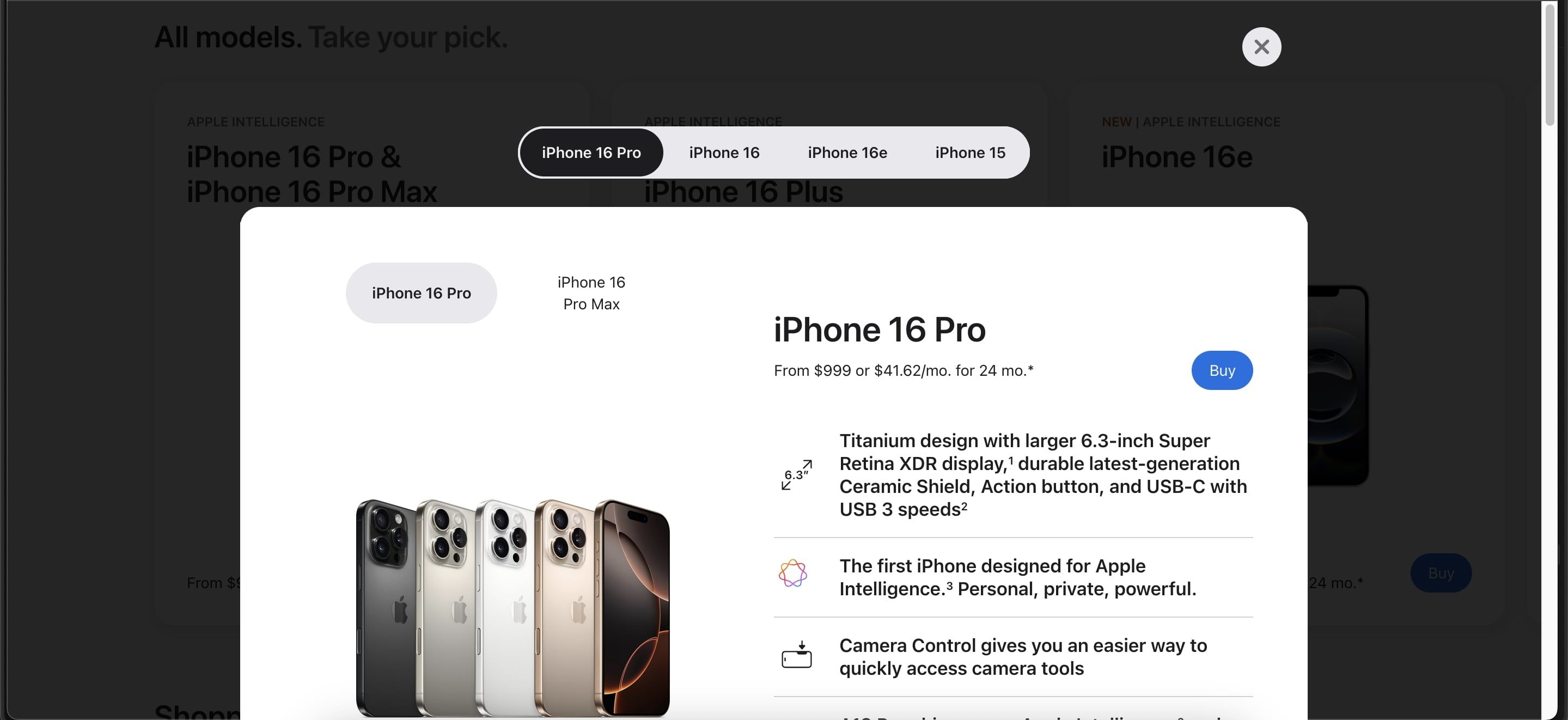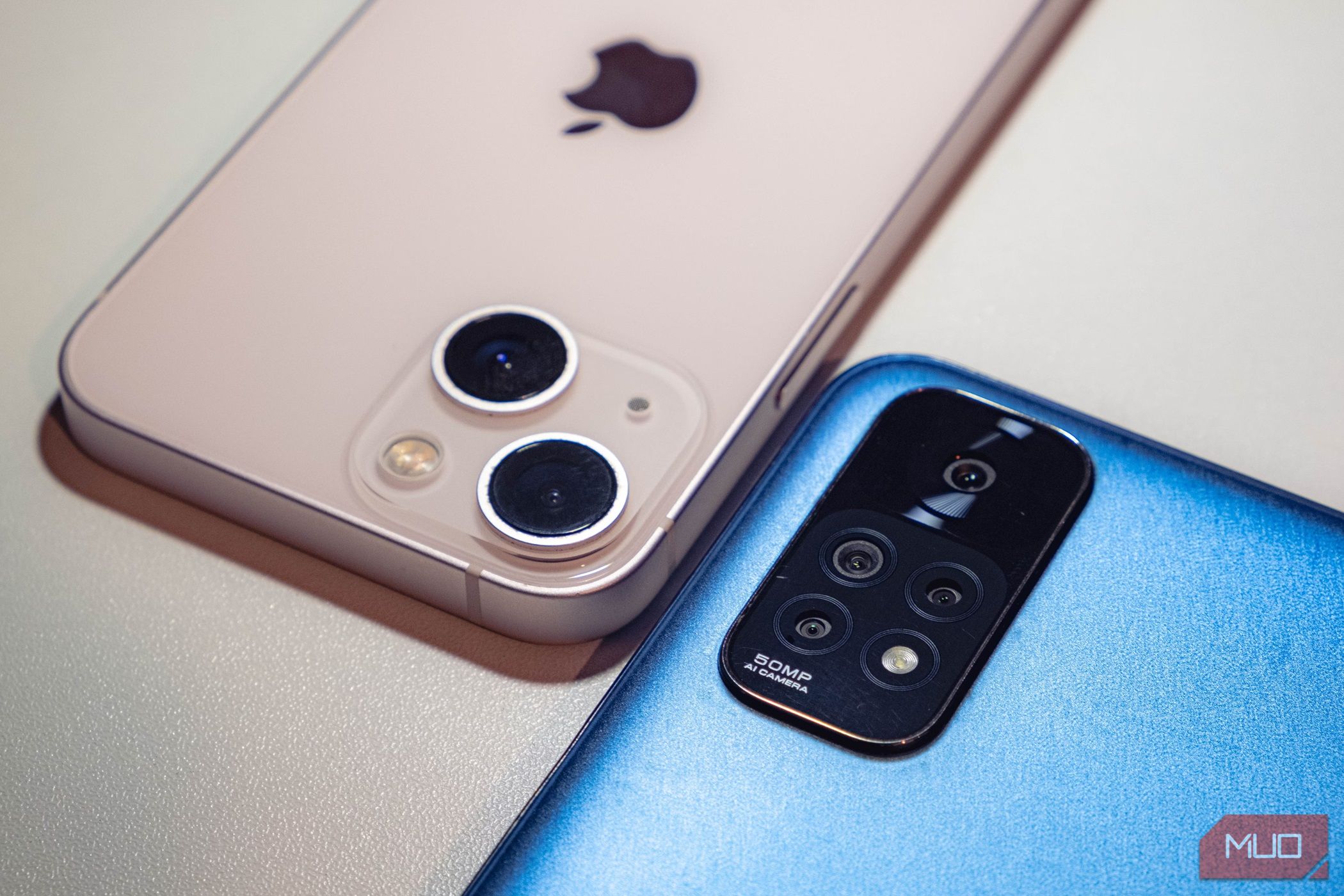Owning the latest flagship used to feel like a necessity. Each new model introduced game-changing features, making older devices seem outdated overnight. But after years of chasing upgrades, I’ve realized that flagship phones just aren’t worth the price anymore.
4
Spending $1,000+ on a Phone No Longer Makes Sense
There was a time when investing in a flagship phone felt justifiable. Take the iPhone 11 Pro, which launched in 2019. This device introduced Night Mode for vastly improved low-light photos, a versatile triple-camera system, and significantly better battery life. Compared to the iPhone X or iPhone 8, the upgrades were undeniable.
Back then, midrange phones had major limitations. The Pixel 3a, for example, had an okay camera but was hindered by a plastic build, an aging processor, and a single rear lens. If you wanted top-tier performance, design, and photography, flagships were the only option.
Fast forward to 2025, and the landscape has changed. The iPhone 16 Pro is Apple’s latest high-end device, but its upgrades are minor. Camera improvements are subtle, performance gains are barely noticeable, and battery life remains largely the same compared to the iPhone 15 pro.
Meanwhile, midrange phones like the Samsung Galaxy A55 now feature OLED displays, excellent cameras, and smooth performance—all at half the price. The once-massive gap between flagships and midrange phones has significantly narrowed.
3
The Upgrade Cycle Is a Trap
For years, smartphone manufacturers have conditioned us to believe that upgrading every year or two is essential. Carriers fuel this mindset with trade-in deals, and manufacturers amplify the hype with extravagant launch events promising revolutionary advancements. But in reality, most of these updates are incremental rather than groundbreaking.
In the past, upgrading made sense. If you moved from an iPhone 8 to an iPhone X, you gained an OLED display, Face ID, and a sleek new design. Even upgrading from an iPhone X to an 11 Pro meant noticeably better battery life and a more versatile camera system.
Today, the differences from year to year are minimal. It’s not uncommon to find an iPhone 15 Pro user saying they won’t be buying the 16 Pro. In fact, if an iPhone 16 Pro were put next to a 14 Pro, most people wouldn’t be able to tell them apart. A slightly faster processor and marginally better cameras don’t justify spending another $1,000.
2
Overkill Features I Rarely Use
Flagship phones are packed with premium features, but how many of them actually enhance daily use? Every year, manufacturers introduce flashy upgrades, yet most people still use their phones for the same things—messaging, social media, streaming, and taking photos.
Take 120Hz displays, for example. While scrolling feels smoother, most users wouldn’t notice the difference unless they were actively looking for it. 8K video recording sounds impressive, but even professional filmmakers rarely use it.
LiDAR scanners and satellite connectivity may be useful in niche scenarios, but they don’t impact everyday phone usage.

Related
5 iPhone 16 Pro Features Android Phones Have Had for a Long Time
The iPhone 16 Pro just isn’t exciting enough for Android users.
Even in areas where flagships excel, the improvements feel incremental. The iPhone 16 Pro’s cameras are among the best in the industry, but under normal lighting conditions, the difference between its photos and those from a midrange phone is minimal. Unless you’re a professional photographer, midrange cameras are more than sufficient.
At some point, buying a flagship phone stops being about actual utility and becomes more about paying for the prestige of having the latest and greatest. If a phone can handle everything I need without the extra fluff, why should I spend twice as much on features I’ll barely use?
1
Midrange Phones Now Offer Everything I Need
Choosing a midrange phone used to mean making significant trade-offs—slower performance, weaker cameras, and cheap plastic builds. But that’s no longer the case. Today’s midrange phones offer flagship-level features at a fraction of the cost.
The Samsung A55, for instance, comes with an OLED display, a high-quality camera, and years of software support—all at less than half the price of the S25 Ultra. Features once exclusive to flagships, like water resistance and fast charging, are now common in midrange devices.
Battery life is another advantage midrange devices unexpectedly give you. Without power-hungry high-refresh-rate displays or excessive background processes, midrange phones often last longer on a single charge. Software support is also improving across the board, making it possible to keep a midrange phone for four or five years without running into issues.
At this point, the only real reason to buy a flagship is to have the absolute best. Midrange phones now offer everything I need at a much lower cost, while expensive models keep adding features I rarely use. Unless something truly groundbreaking comes along, I won’t be buying another flagship again.




